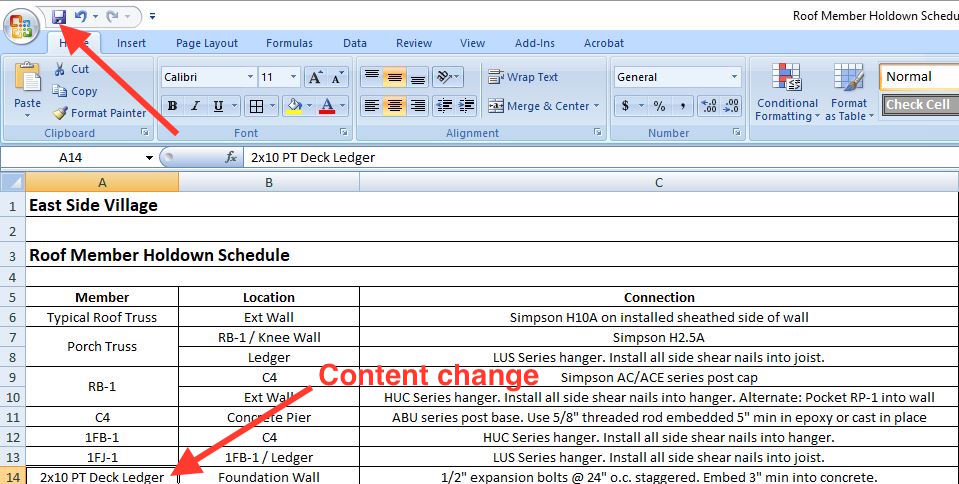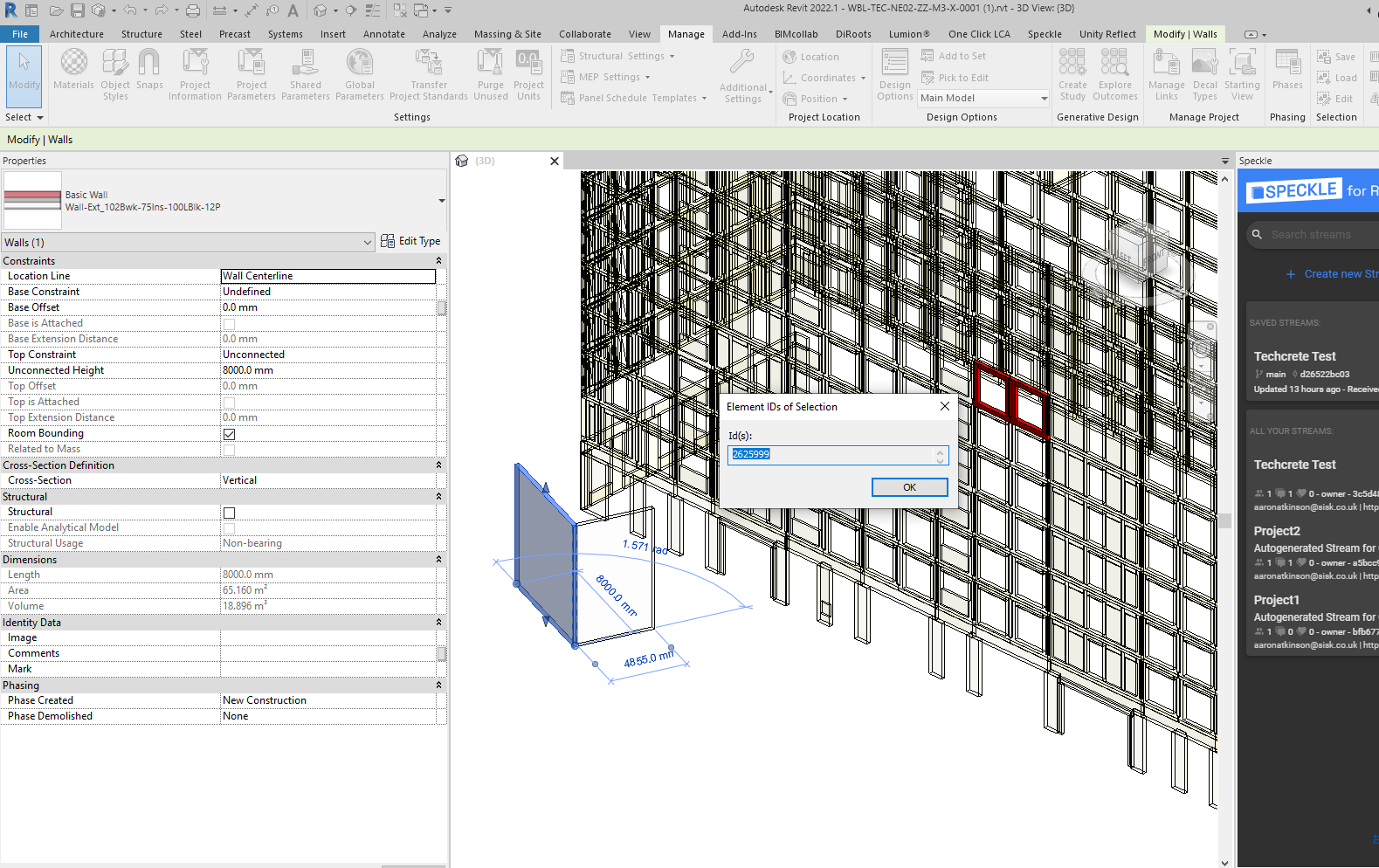Revit Accelerator: Excel Integration Methods for Boosting Efficiency and Cooperation
In this write-up, we will discover the benefits of incorporating Excel right into your Revit process. And also, we will certainly share finest practices for seamlessly integrating Excel right into your Revit jobs. Obtain ready to supercharge your Revit experience with our Revit Accelerator: Excel Combination Approaches!
Benefits of Excel Assimilation in Revit
The advantages of Excel integration in Revit are countless and can considerably improve performance and collaboration. By perfectly connecting these 2 powerful tools, you can streamline your operations and conserve important time. With Excel integration, you can easily import and export information between Revit and Excel, allowing you to take advantage of the toughness of both programs.

One more advantage of Excel assimilation is the capacity to produce dynamic schedules and reports. By connecting your Revit design to an Excel spreadsheet, any kind of modifications made in Revit will immediately update in the equivalent Excel documents. This makes it simple to create current timetables, amount departures, and various other project documents.
Excel combination in Revit additionally allows better partnership amongst employee. With the ability to import and export data, you can quickly share details with coworkers that might not have access to Revit. This promotes reliable interaction and permits for far better control and decision-making.
Improving Process With Revit and Excel
Simplifying process with Revit and Excel can considerably boost efficiency and collaboration. By incorporating these two effective tools, you can enhance your design process and enhance communication within your team. With Revit, you can produce 3D versions and produce detailed architectural and engineering documents. When it comes to data monitoring and evaluation, Excel is the best software application. By integrating the capacities of Revit and Excel, you can perfectly move information in between both applications, eliminating the demand for hand-operated data access and reducing the danger of errors.
Using Revit and Excel together permits you to take advantage of the toughness of each program - revit tools. You can export information from Revit into Excel, where you can execute complex computations, produce graphes and charts, and assess the info in a much more orderly and efficient way. On the other hand, you can import information from Excel into Revit, allowing you to quickly upgrade your versions and documents based upon changes made in Excel
The assimilation of Revit and Excel likewise promotes partnership among staff member. By sharing Excel files, you can conveniently team up and interact on design and construction-related data. This boosts coordination and ensures that every person is functioning with one of the most updated details.
Making The Most Of Collaboration With Excel and Revit
To make best use of cooperation with Excel and Revit, you can perfectly upgrade and share design and construction-related information with your team. By incorporating Excel with Revit, you can eliminate the requirement for manual data access and lower the danger of errors. With simply a couple of clicks, you can import Excel spread sheets into your Revit model, enabling you to easily access and control the information. This integration enables you to team up more efficiently with your group, as every person can function on the exact same information in real-time.
One of the key benefits of making use of Excel in combination with Revit is the capacity to update data in both go programs concurrently. Any kind of changes made in Excel will immediately be reflected in Revit, and vice versa. This guarantees that every person is dealing with the most current details, preventing confusion and conserving valuable time.
In addition, Excel offers powerful tools for assessing and organizing information, which can significantly enhance your partnership efforts. You can develop personalized reports and charts in Excel, helping you to imagine and interact crucial task details effectively. When offering information to stakeholders or making educated choices based on task metrics (revit tool)., this can be especially valuable.
Advanced Techniques for Boosting Performance in Revit Utilizing Excel
By utilizing advanced strategies in Revit, you can substantially boost your productivity by leveraging the power of Excel. One of the crucial methods for boosting efficiency is by utilizing Excel as a data administration device. With Revit's Excel combination feature, you can connect Excel spread sheets directly to your Revit design, permitting you to conveniently manage and upgrade information. This assimilation enables you to produce schedules, determine amounts, and carry out data analysis effectively.

Furthermore, you can utilize Excel macros to automate repeated tasks in Revit (revit tool). Macros permit you to tape a collection of actions and play them back with a solitary click, conserving you effort and time. As an example, you can create a macro to immediately generate area timetables or upgrade parameter values wholesale.
Finest Practices for Excel Integration in Revit
Using Excel as a data management tool in Revit enables for efficient monitoring and upgrading of data. By integrating Excel right into your Revit process, you can simplify your procedures and boost productivity. One of the very best methods for Excel assimilation in Revit is to develop a clear and organized information structure. This implies designing your Excel spreadsheets with columns and rows that line up with the criteria and categories in your Revit job. By doing so, you can conveniently import and export information in between Revit and Excel without any type of confusion. Another best practice is to utilize formulas and functions in Excel to automate computations and information adjustment. This can conserve you time and guarantee accuracy in your data administration. Additionally, it is very important to frequently Read More Here update your Excel spreadsheets and sync them with your Revit job. By doing this, any kind of adjustments made in Revit will certainly be reflected in your Excel files, and vice versa. By following these ideal techniques, you can successfully use Excel as a data monitoring device in Revit and increase your productivity and cooperation.
Final Thought
To conclude, incorporating Excel with Revit can substantially enhance performance and partnership in the layout process. By maximizing and simplifying operations cooperation, teams can work extra efficiently and successfully. Advanced strategies, such as utilizing Excel formulas and macros, can additionally boost efficiency in Revit. Nonetheless, it is essential to comply with ideal practices to ensure smooth integration and prevent any possible issues. By leveraging the power of Excel, Revit individuals can attain higher levels of performance and collaboration in their jobs.
With Excel integration, you can quickly import and export information between Revit and Excel, permitting you to take advantage of the toughness of both programs.
One of the vital benefits of Excel combination is the capability to use Excel solutions and features within Revit. By connecting your Going Here Revit design to an Excel spreadsheet, any type of adjustments made in Revit will instantly upgrade in the corresponding Excel data. On the various other hand, you can import information from Excel into Revit, enabling you to swiftly upgrade your versions and documentation based on modifications made in Excel.
With Revit's Excel integration function, you can link Excel spread sheets directly to your Revit design, enabling you to conveniently manage and update data.